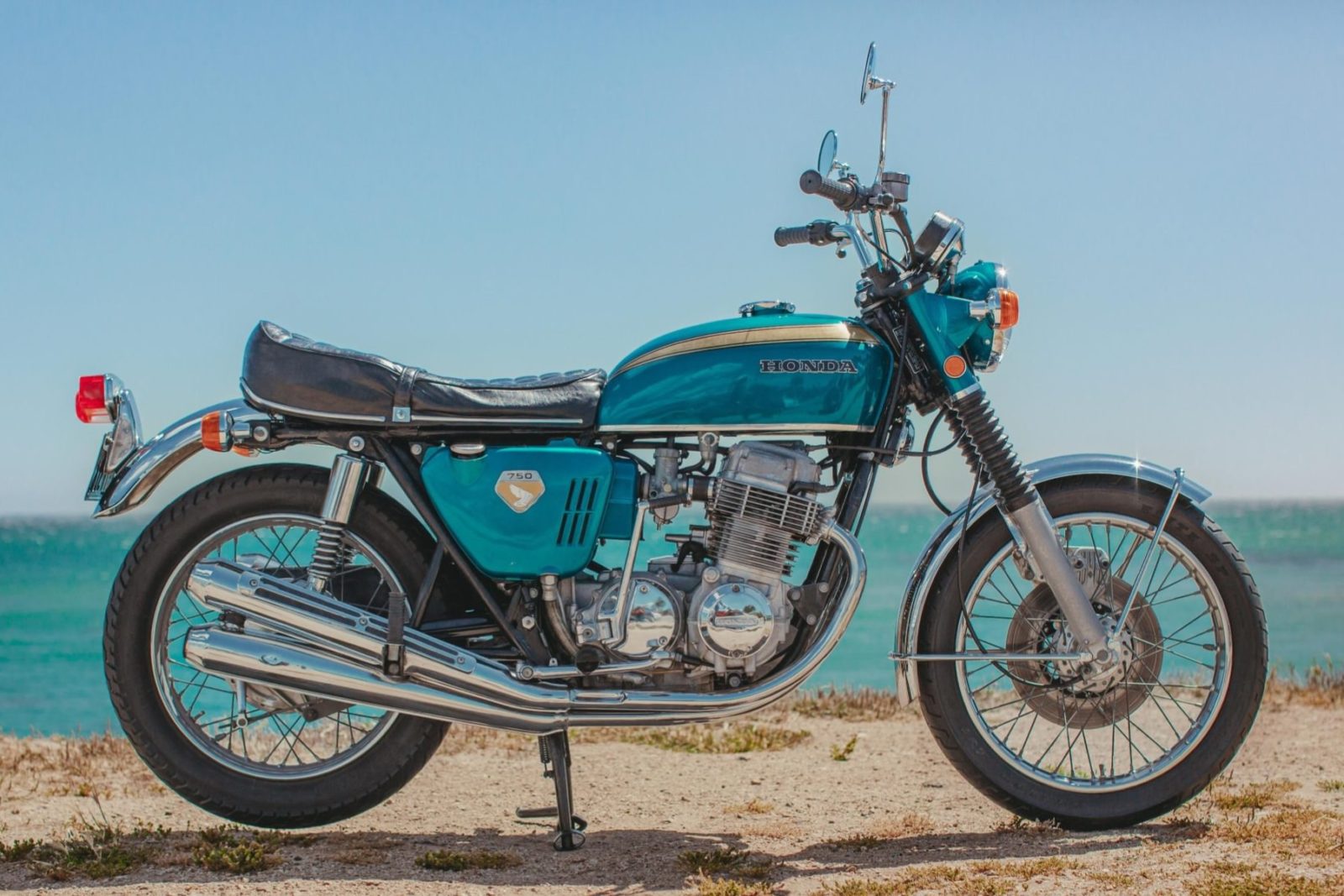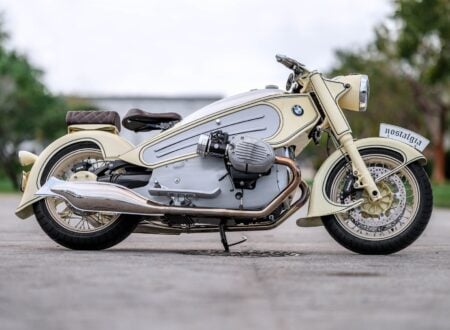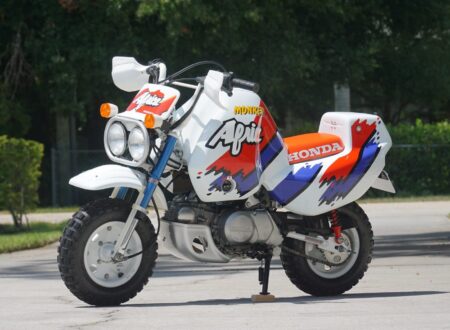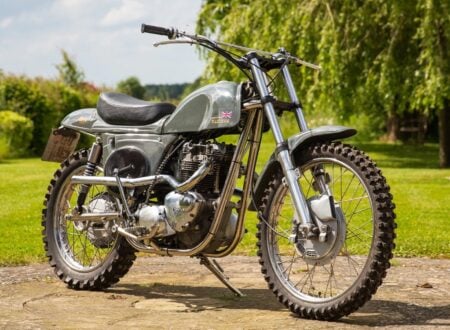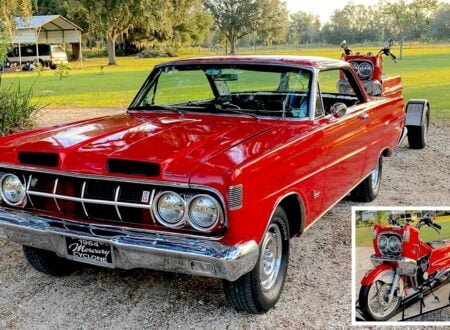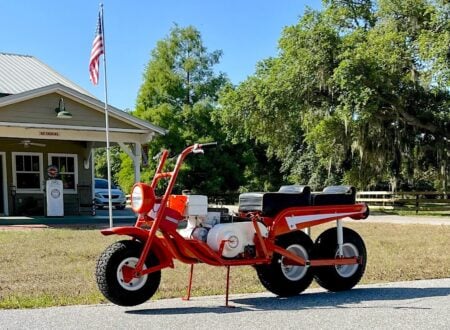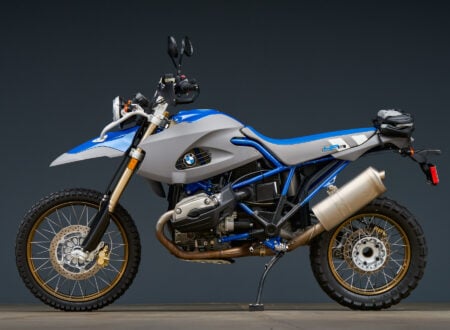There can be no doubt that the Honda CB750 is one of the most important motorcycles of the 20th century, it’s been blamed with almost destroying the British, Italian, and German motorcycle industries, and it’s almost certainly the most copied Japanese two-wheeled vehicle ever made.
The truth of the matter is that the CB750 was almost never made. In the 1960s Honda typically made small to mid-sized motorcycles and it was only a concerted pressure campaign from their US dealers that got them to experiment with the 750cc inline-four.
Fast Facts – A “Sandcast” Honda CB750
- In the 1960s Honda was amongst the largest motorcycle manufacturers in the world thanks to the likes of their small capacity bikes, like the Honda Cub which would go on to become the best-selling motorized vehicle of all time – over 100 million have been made and counting.
- US Honda dealers were asking for a larger capacity motorcycle, something in the 750cc class, to better compete with the popular motorcycles being build by British and American manufacturers like Triumph, Norton, and Harley-Davidson.
- Honda developed an advanced inline-four cylinder motorcycle with a single overhead cam, a front disc brake, an electric starter, a 5-speed gearbox, and no oil leaks.
- Honda was unsure how much demand there would be for the bike, so the early versions were made using low-volume sand-casting techniques. These “sandcast” CB750s are now highly collectible.
The Honda CB750 – The World’s First Superbike
When the CB750 was unveiled in 1969 it sent shockwaves through the motorcycle world. There had been overhead cam inline-four cylinder motorcycles before of course, the MV Agustas were probably the most famous, but the CB750 would be the first affordable example.
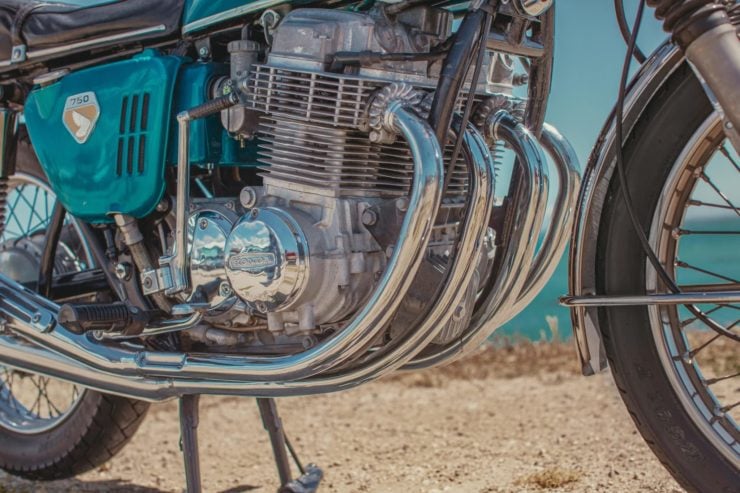

By the late 1960s Honda had a wealth of experience building successful Grand Prix racing motorcycles with complex overhead cam engines. The company’s engineers rolled a lot of this knowledge into the CB750, whilst also ensuring it would be both reliable and leak-free.
The real hero of the CB750 story is the engine, though perhaps a little simple by modern standards it was a revelation back in the late 1960s. It’s an inline-four cylinder engine that’s mounted transversely in the frame to ensure even cooling.
It has a single overhead cam operating two valves per cylinder, four carburetors, a 5-speed transmission, an electric starter, and thanks to its horizontally-split crankcase it has no oil leaks.
Many popular British motorcycles of the time had vertically split crankcases which tended to weep oil, this led to the phrase “If there’s no oil under it, there’s no oil in it.”
The Arrival Of The Universal Japanese Motorcycle
After the release of the new Honda, a motoring journalist referred to it as a “super bike” in his review, it was the first recorded use of the term which would later be joined into the single word “superbike.”
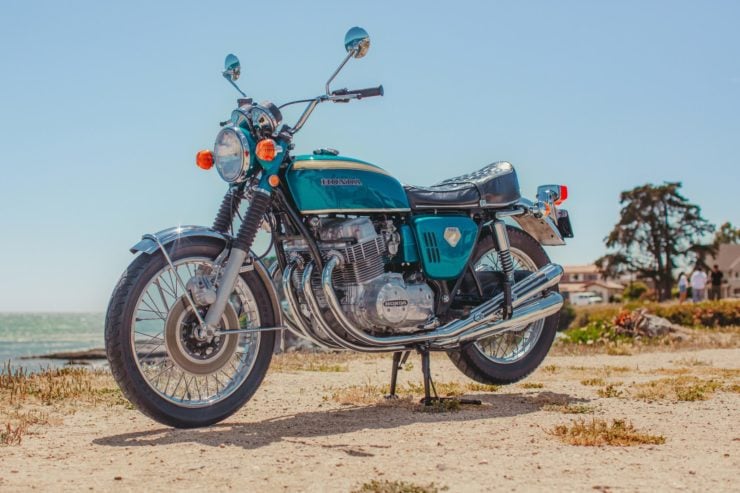

Though many iconic motorcycles from history have been retroactively called superbikes, like the Brough Superior SS100 and the Vincent Black Shadow for example, but the CB750 is the bike the term was coined for.
Honda’s primary Japanese competitors, namely Kawasaki, Suzuki, and Yamaha, all began developing their own transverse inline-fours. The layout became so ubiquitous that it was nicknamed the “UJM” for “Universal Japanese Motorcycle.”
Ultimately the Honda CB750 would remain in production from 1969 until 2003. There were many updates over time including a switch to double overhead cams and four valves per cylinder in 1976 for example.
1970 Honda CB750 “Sandcast” Shown Here
The motorcycle you see here is a 1970 Honda CB750 with the early “sandcast” engine. Finished in the attractive Candy Blue-Green color option, this bike was built in September of 1969 and sold as a 1970 model.
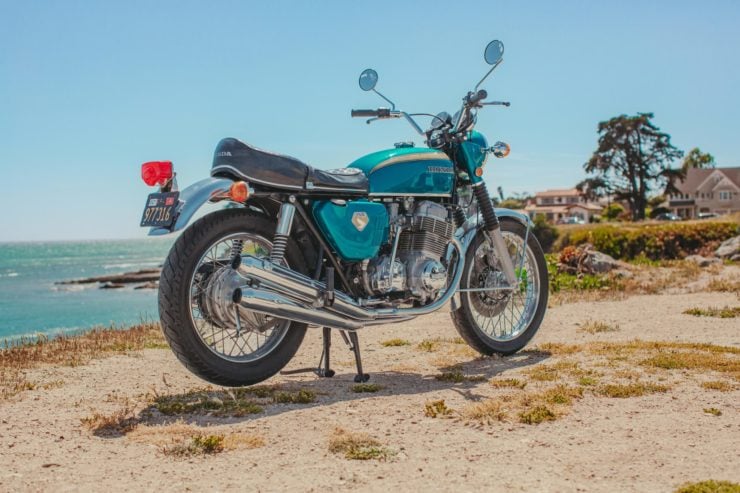

The odometer is showing 12,000+ miles however it’s not listed if this is the mileage since new or since a previous restoration. It’s being sold out of San Bruno, California with a clean California title in the seller’s name.
Maintenance performed in preparation for the sale is said to have included adjusting the timing, synchronizing the throttle cables, cleaning the four Keihin carburetors, changing the oil and the spark plugs, and replacing the headlight nacelle, airbox, handlebar, right-side switchgear, and hand grips.
If you’d like to read more about this Honda or register to bid you can visit the listing here in Bring A Trailer.
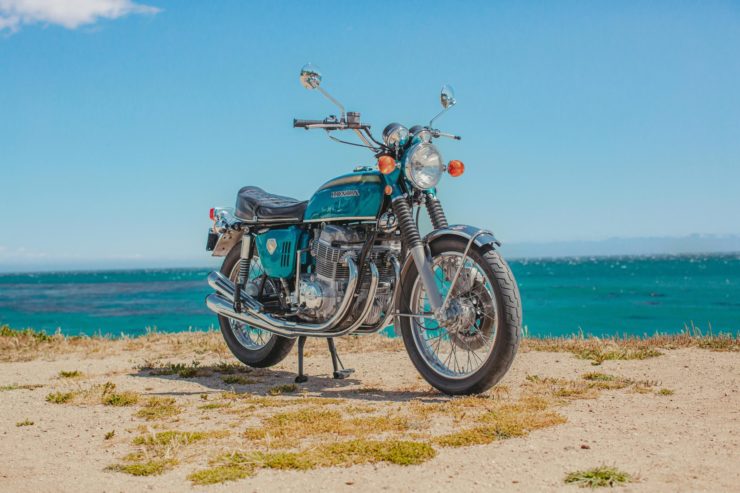
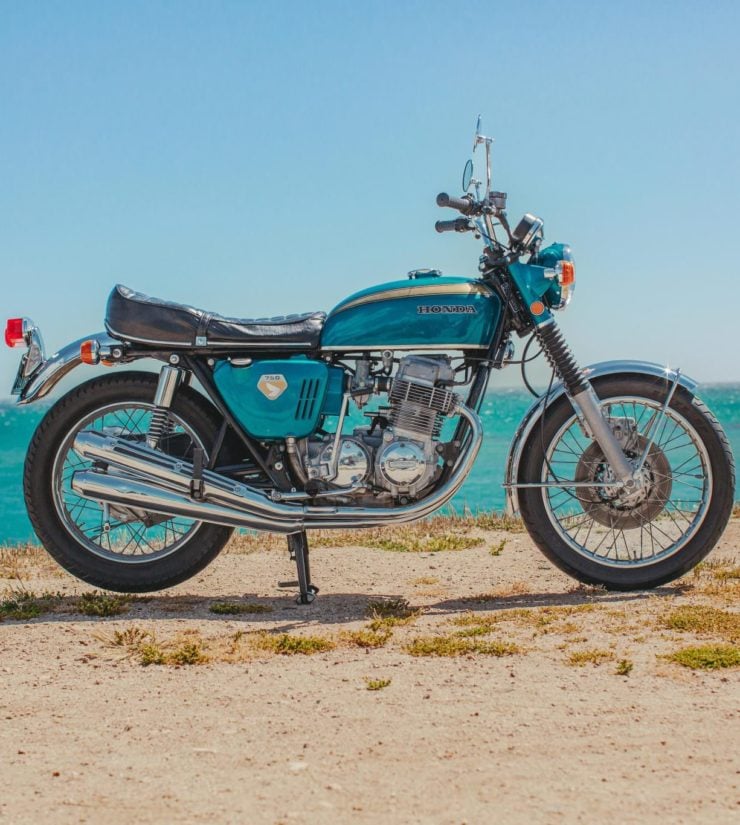
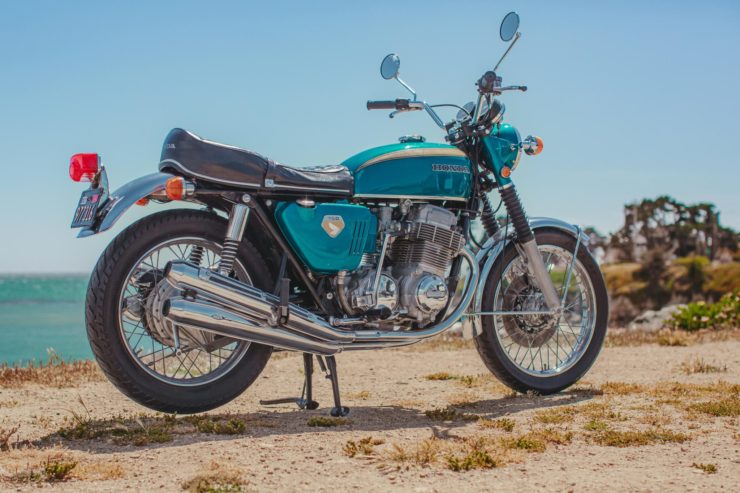
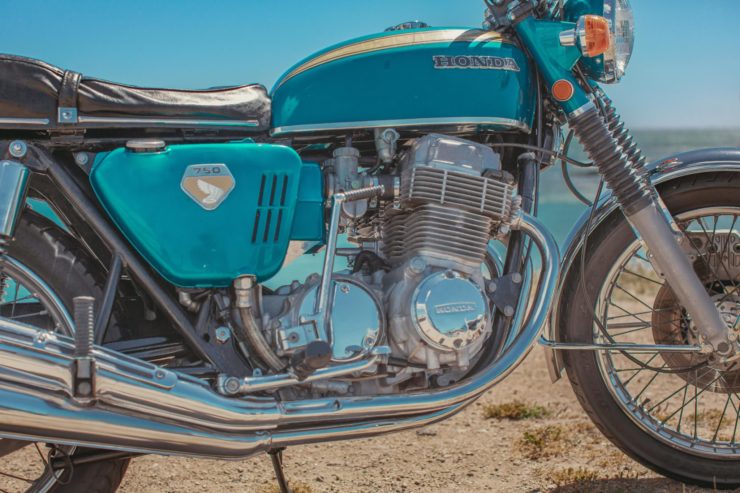
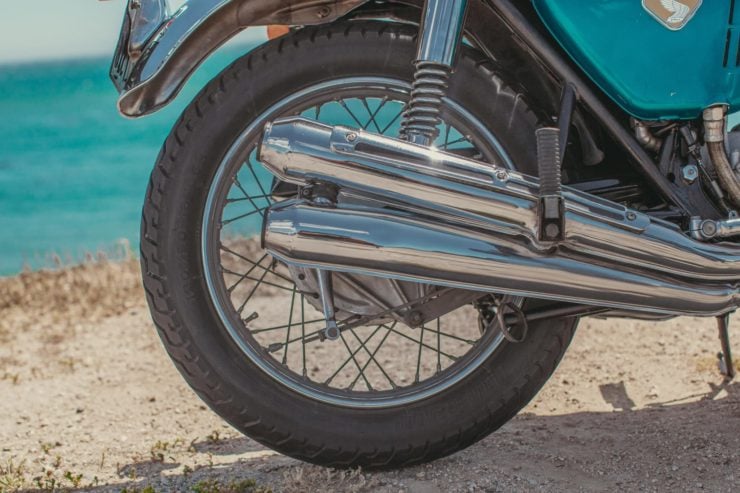
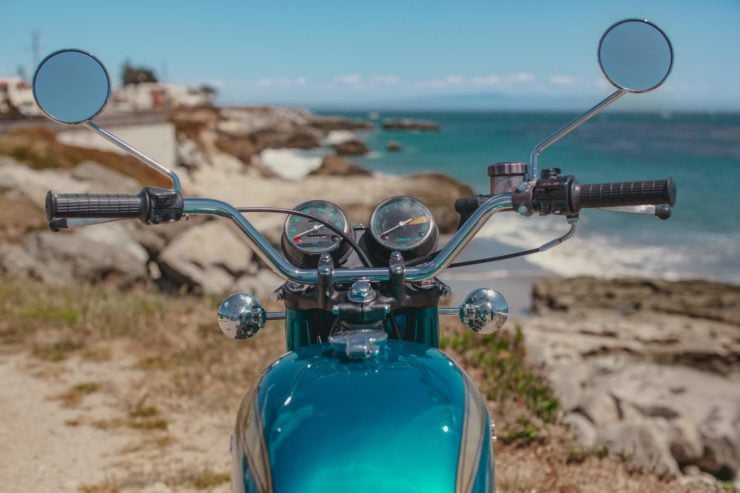
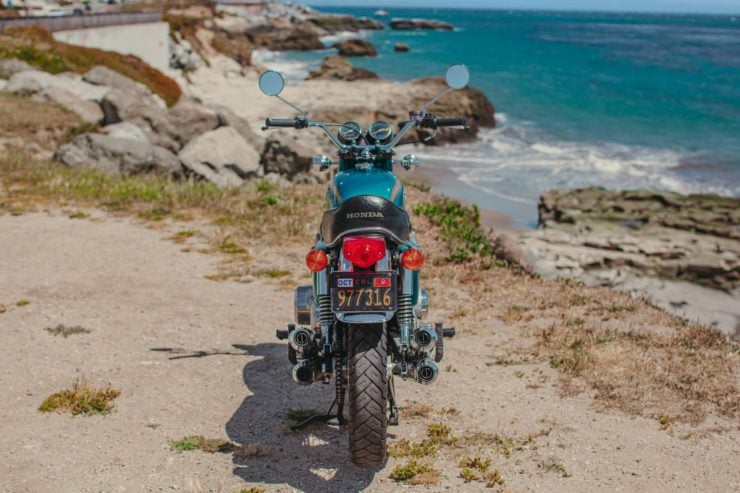
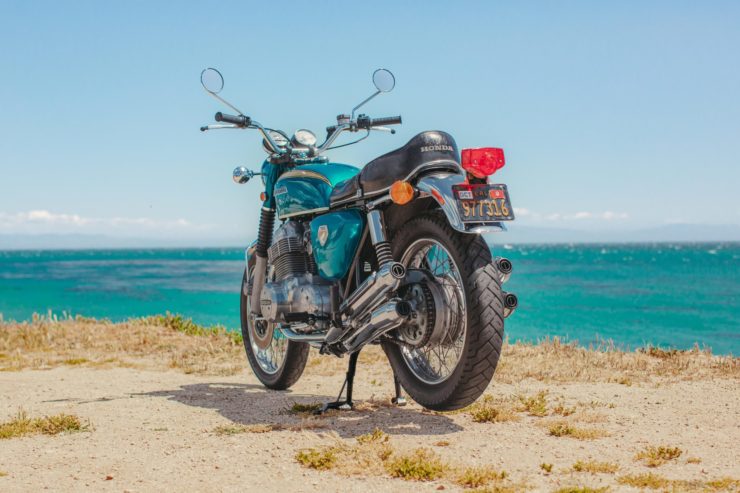
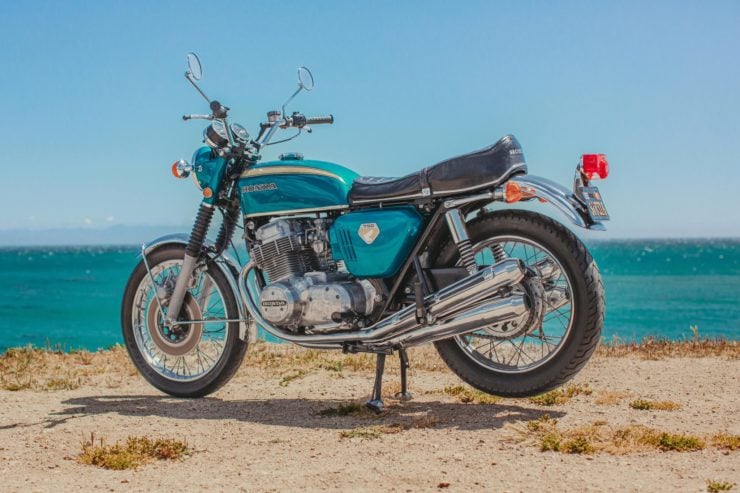
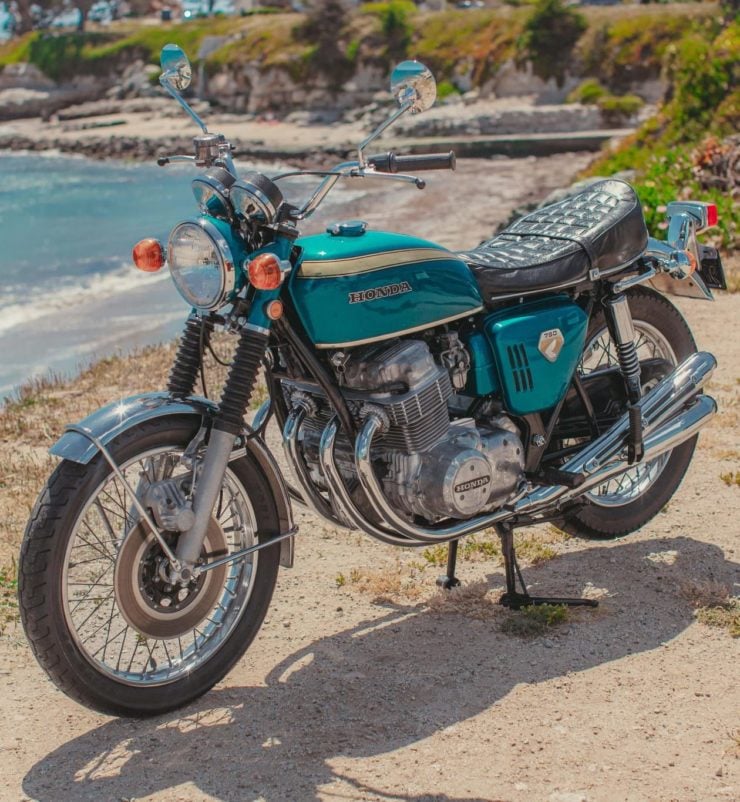
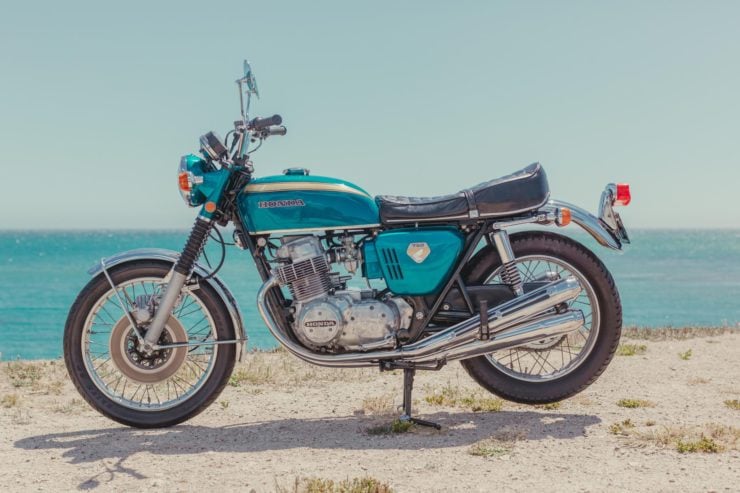
Images courtesy of Bring A Trailer

Articles that Ben has written have been covered on CNN, Popular Mechanics, Smithsonian Magazine, Road & Track Magazine, the official Pinterest blog, the official eBay Motors blog, BuzzFeed, Autoweek Magazine, Wired Magazine, Autoblog, Gear Patrol, Jalopnik, The Verge, and many more.
Silodrome was founded by Ben back in 2010, in the years since the site has grown to become a world leader in the alternative and vintage motoring sector, with well over a million monthly readers from around the world and many hundreds of thousands of followers on social media.

